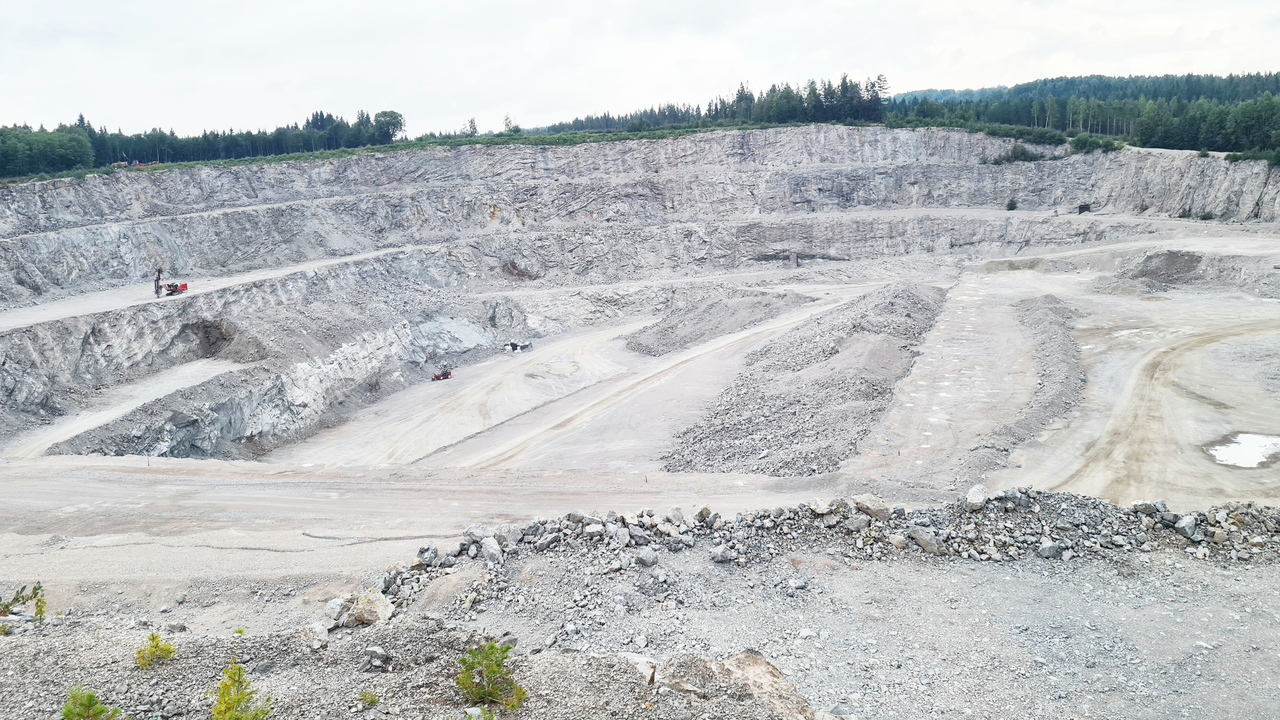About the doctoral thesis
On Friday 11 April, Katarzyna Olovsson, Department of Applied Physics and Electronics, will defend her thesis entitled “Thermochemical properties and quality measures of limestone and quicklime”. The defence will take place at 09.00 in Aula Biologica (BIO.E.203). The faculty opponent is Professor Henrik Leion, Chalmers University of Technology.





